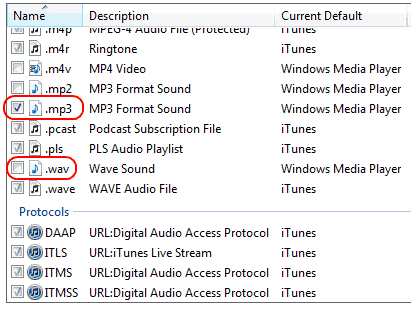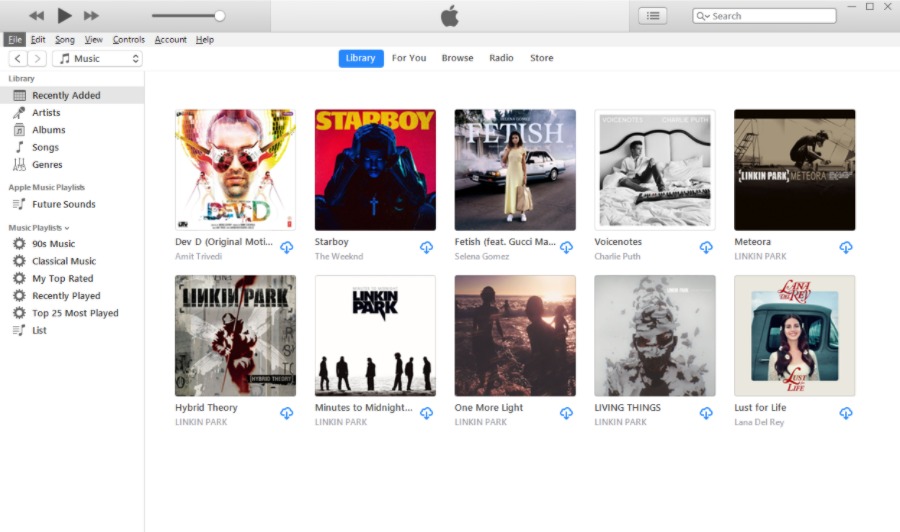

QuickTime.msi – iTunes uses QuickTime for video codec support.This installer includes the drivers for Apple’s devices AppleMobileDeviceSupport.msi – required for Apple mobile device support (iPhone, iPad etc.).AppleApplicationSupport.msi – all Apple applications on Windows require this as a dependency.SetupAdmin.exe – the setup wrapper application.AppleSoftwareUpdate.msi – Software Update is used to download and Apple software and updates.I tested this sequence using iTunes 10.3.1 x86 on 32-bit Windows however the same approach will apply for the 64-bit version and future versions of 10.x.Įxtracting the iTunes installer results in several files: Note that iTunes comes in 32-bit and 64-bit versions, so be sure to download and sequence the correct version for your target platform. To start at the beginning requires taking a look at the components of iTunes.

Windows Firewall exclusions (manual changes will be required to support media sharing).The iTunes toolbar integration into the Taskbar.What you lose by virtualizing iTunesīecause virtualizing iTunes with App-V will isolate the application from the OS, the following features will not be available once iTunes has been sequenced: I think a combination of iTunes 10 and App-V 4.6 SP1 did the trick. Select Continue.Here’s a nut I’ve been trying to crack for some time – successfully virtualizing Apple iTunes with App-V. Finally, click Change All… A prompt will appear.A bar will appear showing the current default player and other available video players you have installed.

Right-clicking or control-clicking can be done by tapping the trackpad with two fingers on a laptop.


 0 kommentar(er)
0 kommentar(er)
